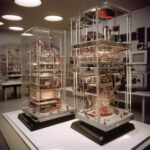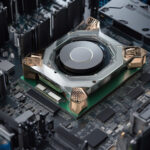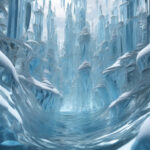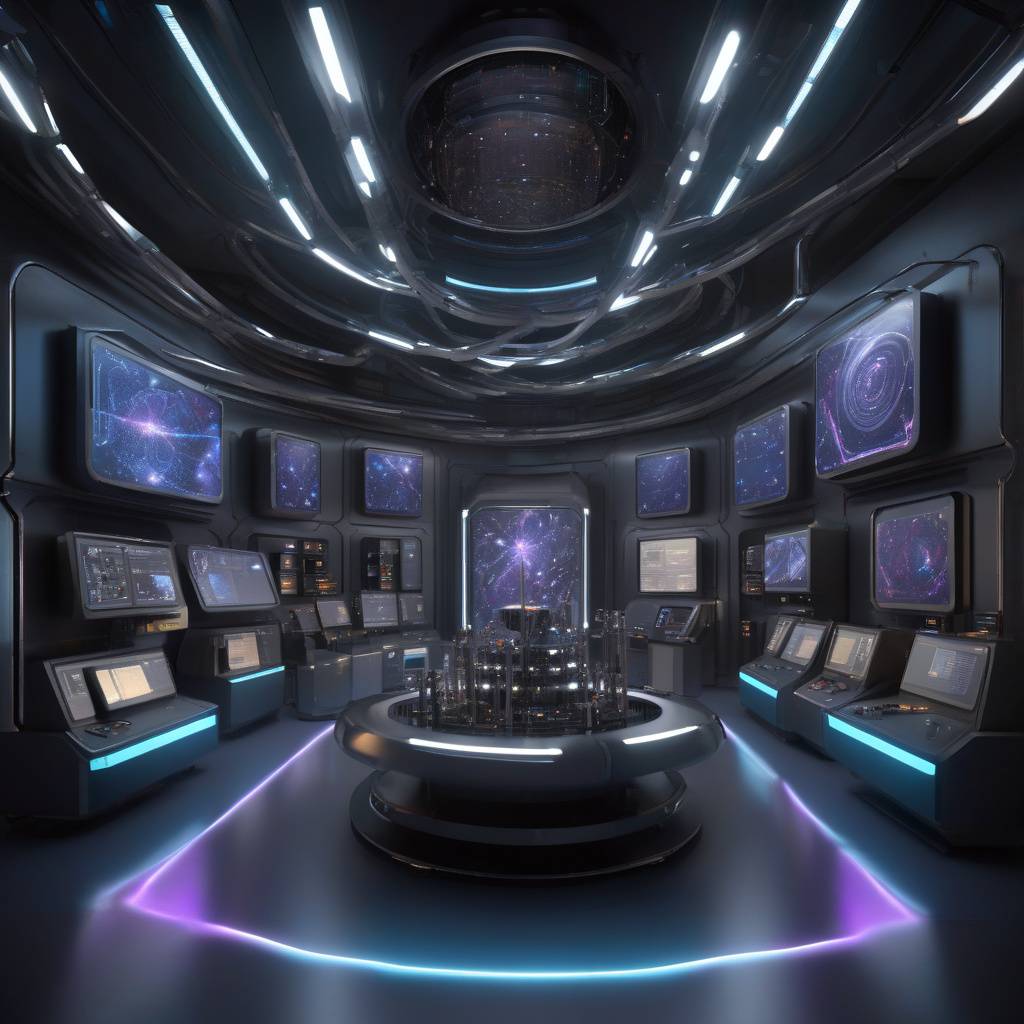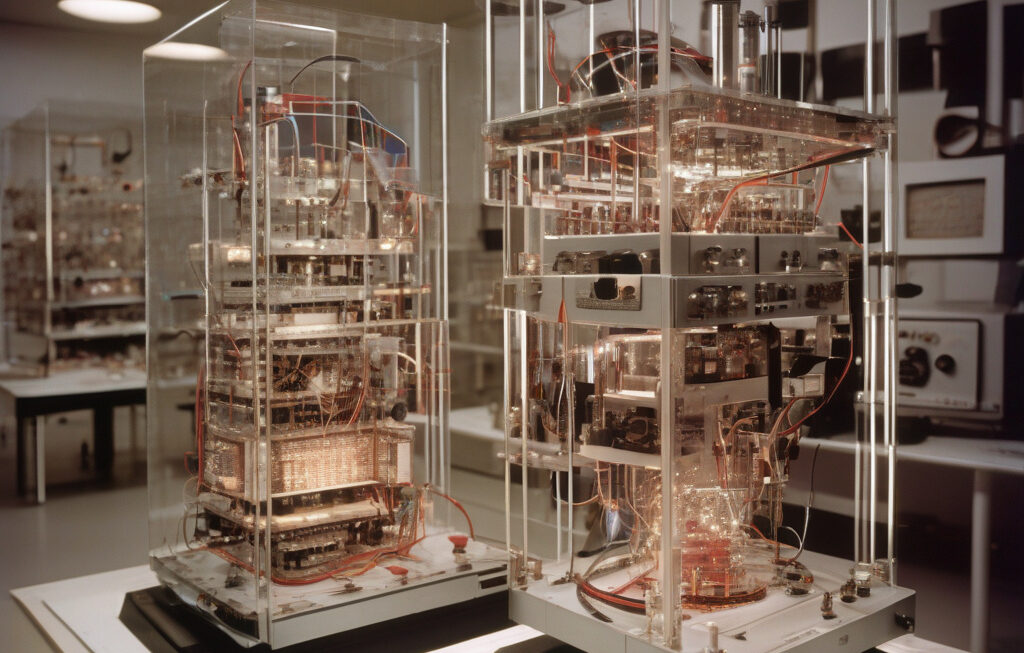Superconducting Magnets from Dark Matter Labs Can Hear Universe’s Unheard Music
Gravitational wave detectors, such as LIGO, have revolutionized astronomy, but only within a narrow frequency band. These detectors are like listening to a song with some notes missing. What if there was a way to hear the universe’s complete symphony, including those elusive low-frequency tones? Enter superconducting magnets from dark matter labs.
Superconducting magnets are not a new invention. They are commonly used in MRI machines, particle accelerators, and magnetic levitation trains. However, researchers at dark matter labs are taking superconducting magnets to a whole new level by utilizing them to detect low-frequency gravitational waves.
These superconducting magnets are incredibly sensitive. They can pick up the faintest signals from the universe, allowing scientists to listen to the cosmic music that was previously unheard. Just like how different musical instruments cover different ranges of sound frequencies, these superconducting magnets complement existing gravitational wave detectors by capturing signals that were previously out of reach.
One of the main challenges in detecting low-frequency gravitational waves is the interference from background noise. Traditional detectors, like LIGO, are sensitive to higher-frequency signals but struggle to distinguish them from the cosmic noise at lower frequencies. Superconducting magnets, on the other hand, are like noise-canceling headphones for the universe. They can filter out the background noise, allowing scientists to focus on the subtle signals hidden within.
But how exactly do these superconducting magnets work? Imagine them as giant tuning forks resonating with the vibrations of the universe. When a gravitational wave passes through, it causes a slight distortion in spacetime, which the superconducting magnets can detect. By precisely measuring these distortions, scientists can decipher the cosmic messages embedded within the gravitational waves.
The potential applications of superconducting magnets from dark matter labs are vast. They could help us study black holes, neutron stars, and other cosmic phenomena with unprecedented detail. By expanding the range of frequencies we can listen to, we may discover new insights into the nature of the universe and its hidden secrets.
Moreover, the collaboration between dark matter labs and gravitational wave observatories opens up new possibilities for interdisciplinary research. By combining expertise from different fields, scientists can push the boundaries of our understanding of the cosmos further than ever before.
In conclusion, superconducting magnets from dark matter labs are paving the way for a new era of gravitational wave astronomy. By unlocking the universe’s unheard music, these innovative technologies are expanding our horizons and challenging our perceptions of the cosmos. The symphony of the universe awaits, and with superconducting magnets, we are finally starting to hear its full glory.
#SuperconductingMagnets, #DarkMatterLabs, #GravitationalWaves, #Astronomy, #CosmicSymphony



